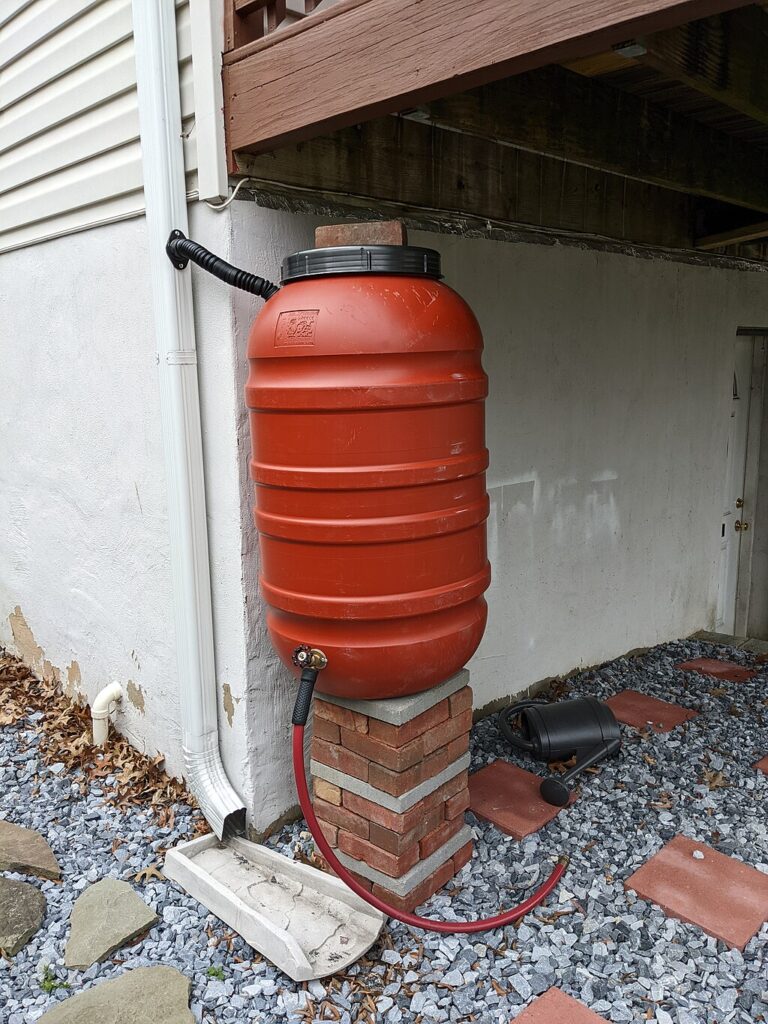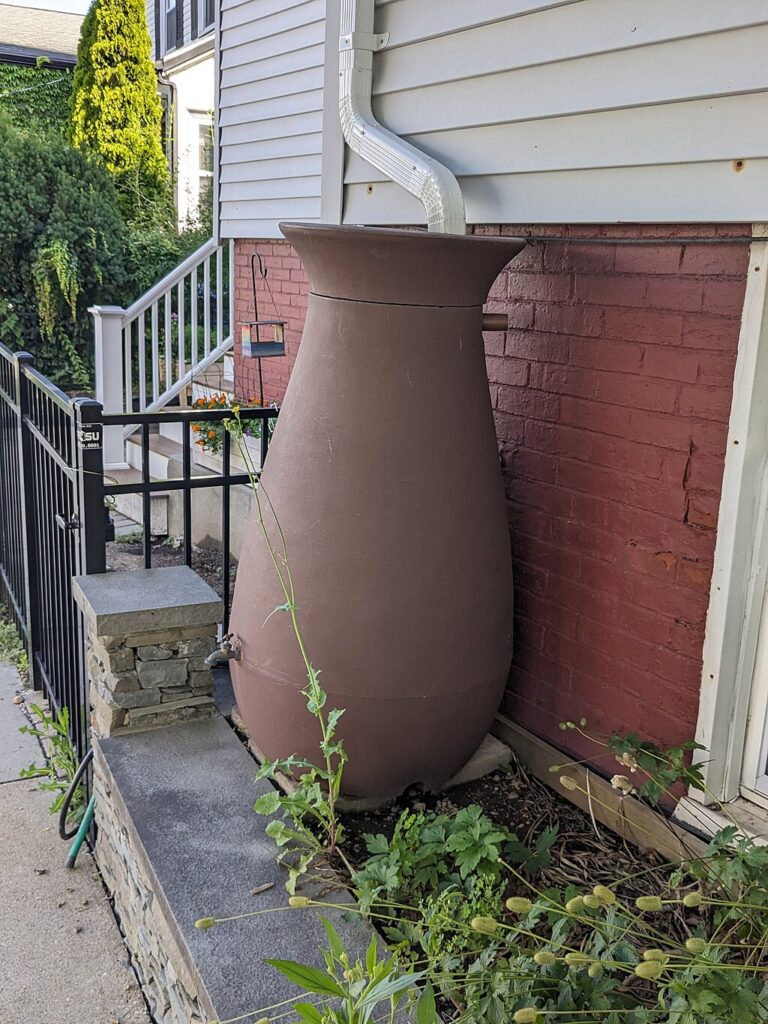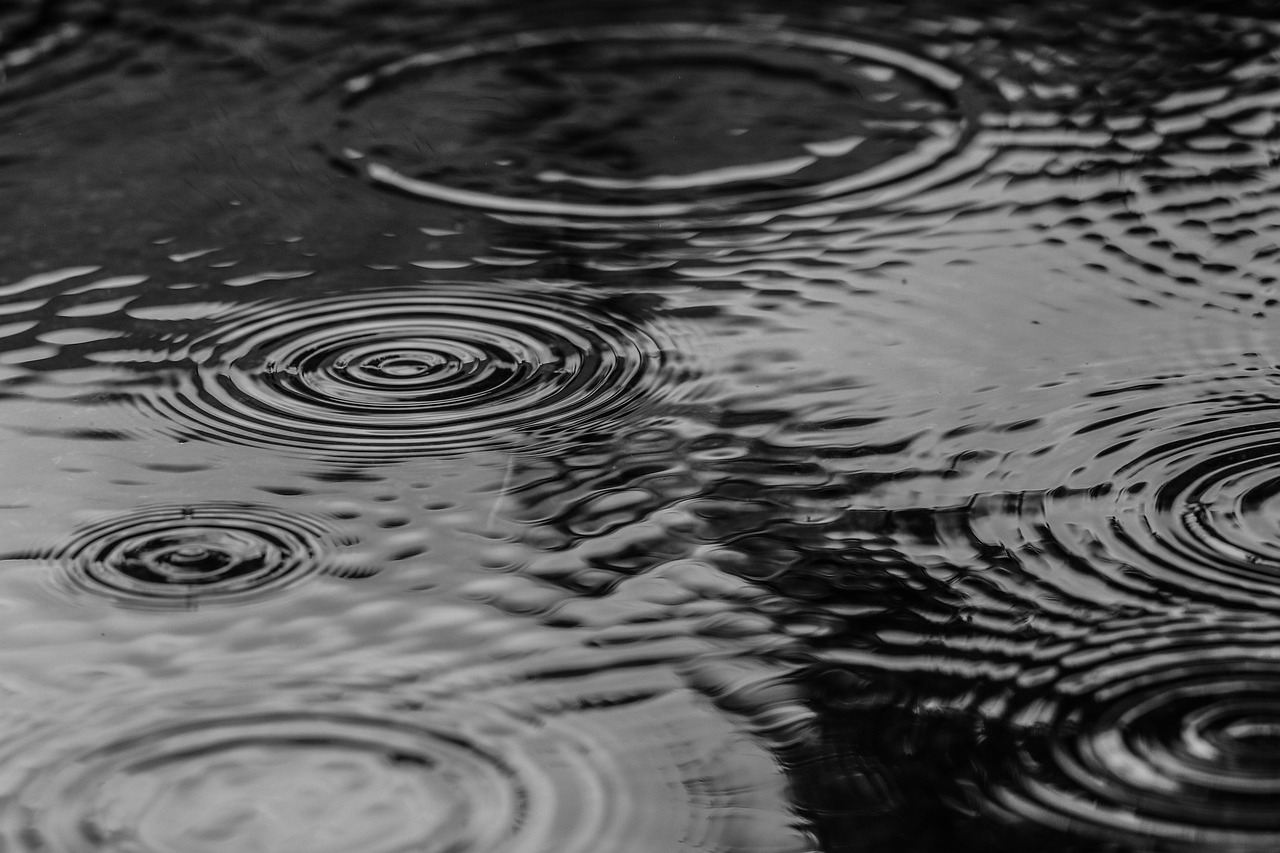As houseplant enthusiasts, we all know the importance of watering our plants properly. But did you know that the water you use plays a huge role in your plants’ health and growth? While tap water may be convenient, it often contains chemicals like chlorine and fluoride that can harm your plants over time. Enter rainwater collection, a natural and sustainable way to provide your plants with water that is free of chemicals, soft, and full of essential nutrients.
In this blog post, we’ll explore the benefits of using rainwater for your houseplants, how to collect it effectively, and practical tips for incorporating it into your plant care routine.

Why Is Rainwater Beneficial for Houseplants?
Rainwater is considered the best type of water for plants for several reasons:
- Free of Chemicals: Unlike tap water, which often contains chlorine, fluoride, and other additives to make it safe for drinking, rainwater is naturally free from these chemicals. These chemicals can build up in the soil over time and cause harm to your plants, affecting their growth and nutrient absorption.
- Nutrient-Rich: Rainwater contains dissolved minerals and nutrients like nitrogen, which can act as a natural fertilizer for your plants. These trace elements can help your plants thrive and grow healthier leaves, stems, and roots.
- Soft Water: Rainwater is naturally “soft,” meaning it contains lower levels of calcium and magnesium compared to hard water (like many municipal water sources). This is beneficial for plants, especially those that are sensitive to salt buildup or mineral deposits.
- pH Balance: Rainwater is typically more acidic than tap water, which can help balance the pH levels of the soil, especially for plants that prefer slightly acidic conditions, like azaleas, hydrangeas, and peace lilies.
- Environmentally Friendly: Collecting and using rainwater helps reduce the strain on municipal water systems and lowers your water bill. It’s a sustainable practice that can make your plant care routine more eco-conscious and reduce plastic waste from bottled water.
How to Collect Rainwater for Your Houseplants
Collecting rainwater is relatively simple and doesn’t require a lot of investment. Here’s how you can start collecting rainwater for your houseplants:
1. Choose the Right Containers
To collect rainwater, you’ll need containers that can capture and store it. There are many options available, from basic rain barrels to more decorative water collection vessels. Here are some container ideas:

- Rain Barrels: These are large, durable containers designed specifically for rainwater collection. They often come with a spout at the bottom for easy access to water.
- Plastic Containers: You can repurpose old plastic containers, like trash cans or storage bins, to collect rainwater. Just make sure they are clean and free of chemicals before use.
- Decorative Planters or Buckets: For a more aesthetically pleasing option, you can use attractive buckets, large planters, or even ceramic pots with a drainage hole to catch rainwater.
- Rain Chains: For a decorative touch, install a rain chain (a series of cups or links that channel rainwater into a container). This can add a unique and sustainable feature to your home while helping to collect rainwater.
2. Set Up Your Collection System
Once you’ve chosen your container, it’s time to set up the collection system. The easiest method is to place your container outside in a location where it can catch rainwater, like under a gutter downspout. If you’re using a rain barrel, you can connect it directly to your downspout using a diverter that will redirect water into the barrel. This setup ensures you’re capturing the rain as it falls off your roof.
For a more DIY approach, place the container near a spot where rain naturally falls, like under a slanted roof or overhang. You can also create a more advanced system with gutters and tubing that channels rainwater directly into your collection container.
3. Ensure Cleanliness
Make sure the container you’re using is clean and free of debris before collecting rainwater. Over time, your rainwater system can accumulate dirt, leaves, and insects, which may affect the quality of the water. Consider adding a mesh screen or leaf guard to the top of your container to prevent debris from falling in.
To keep the water as clean as possible, clean your containers regularly, particularly if you’re collecting from a gutter system. A quick rinse with water and soap (free from chemicals) can help prevent mold and algae buildup.
4. Add a Filter (Optional)
If you’re using a rain barrel or large container, you might want to consider installing a filter at the spout or the opening. This filter will help catch any debris, leaves, or other particles before they enter the water your plants will drink. You can buy rainwater filters or create your own using simple mesh fabric or fine mesh screens.
How to Use Collected Rainwater for Your Houseplants
Now that you’ve collected rainwater, here’s how to integrate it into your plant care routine:
1. Watering Your Plants
Use the collected rainwater just like you would tap water. Pour it directly onto the soil at the base of your plants, ensuring it soaks in properly. Make sure to water early in the morning or later in the evening to reduce water evaporation and make the most of the water you’ve collected.
2. Storing Rainwater
Rainwater can be stored for several days or even weeks, depending on the size of your collection container and the conditions in your area. If you’re storing large amounts, consider adding a cover to prevent debris from getting in and to keep mosquitoes from breeding. If you live in a region where rainwater is collected infrequently, you may need to monitor the water levels and use it wisely.
3. Using Rainwater for Specific Plants
Some plants, especially those that are more sensitive to minerals or chlorine, may benefit from rainwater more than others. Ferns, orchids, and azaleas are great examples of plants that thrive with rainwater. However, you can use rainwater for all your houseplants—just be sure to monitor how they respond.
Practical Tips for Using Rainwater in Plant Care
- Water Storage: If you live in an area with fluctuating rainfall, store as much rainwater as possible in multiple containers so you have a steady supply for dry periods.
- Temperature of Water: Rainwater is typically cooler than tap water. Let the water sit for a while to come to room temperature before using it on your plants, especially indoor ones, as extremely cold water can shock them.
- Water Quality: In areas with high pollution or heavy traffic, be cautious about using rainwater, as it can sometimes pick up pollutants from the air or roof. If this is a concern, consider using filtered water or tap water for more sensitive plants.
Conclusion: Why You Should Start Collecting Rainwater Today
Incorporating rainwater collection into your plant care routine is not only a great way to provide your plants with high-quality water, but it also offers environmental and economic benefits. By collecting rainwater, you’ll reduce your reliance on municipal water sources, lower your water bill, and help conserve water. Plus, your plants will thank you for the soft, nutrient-rich water that will help them grow strong and healthy.
Ready to start collecting rainwater? Set up a simple system today and watch your plants thrive while contributing to a more sustainable and eco-conscious lifestyle! 🌱

